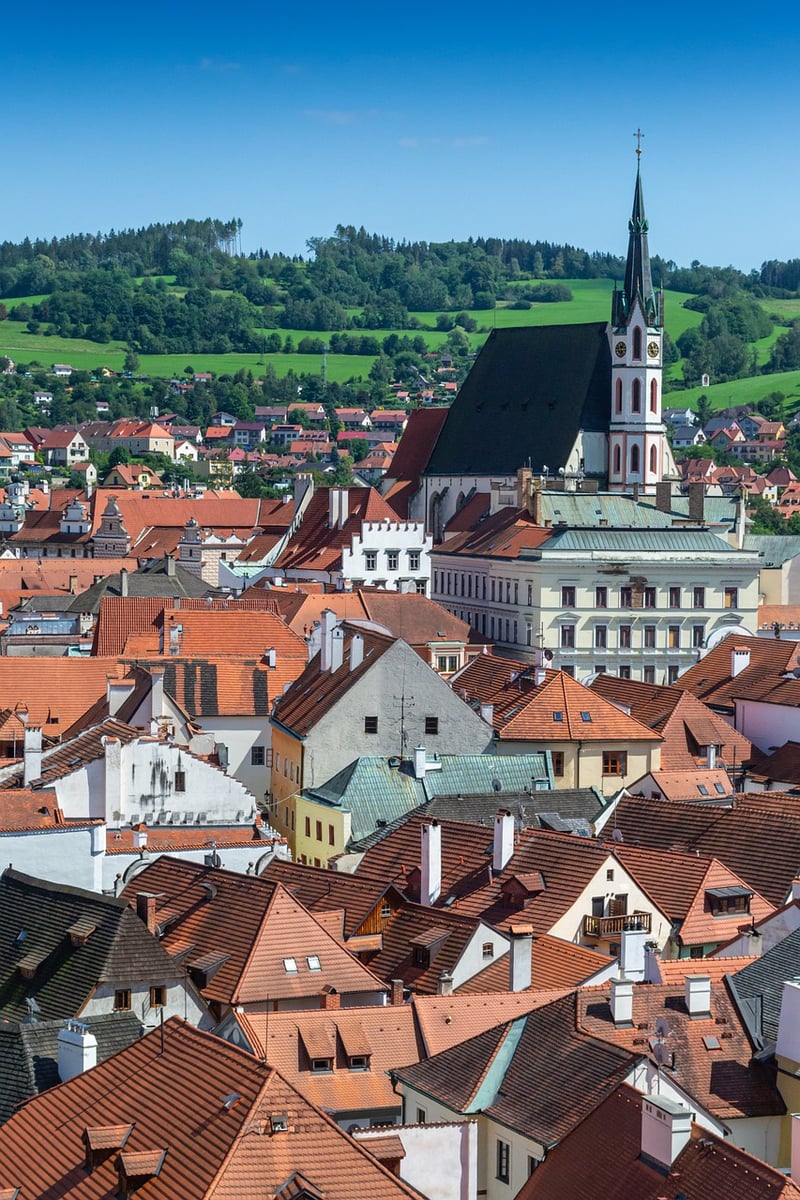Medieval Europe
Exploring Different Eras: Medieval Europe
The Medieval Period: An Overview
The Medieval period in Europe, also known as the Middle Ages, spanned roughly from the 5th century to the 15th century. It was a time of castles, knights, feudalism, and significant cultural and societal developments.
Key Features of Medieval Europe
- Feudal System
- Knighthood and Chivalry
- Castles and Fortifications
- The Black Death
- The Crusades
- Medieval Art and Architecture
Feudal System
One of the defining characteristics of Medieval Europe was the feudal system. This hierarchical system structured society with kings at the top, followed by nobles, knights, and peasants who worked the land.
Knighthood and Chivalry
Knights were an integral part of Medieval society, known for their prowess in battle and adherence to the code of chivalry, which emphasized honor, bravery, and loyalty.
Castles and Fortifications
Castles dotted the European landscape during the Middle Ages, serving as both symbols of power and strategic fortifications in times of conflict.
The Black Death
The Black Death, a devastating pandemic caused by the bubonic plague, swept across Europe in the 14th century, resulting in widespread death and social upheaval.
The Crusades
The Crusades were a series of religious wars sanctioned by the Latin Church in the medieval period. These military campaigns aimed to recapture the Holy Land from Muslim rule.
Medieval Art and Architecture
Medieval art and architecture were characterized by intricate designs, religious themes, and a focus on symbolism. Gothic cathedrals are among the most iconic examples of medieval architecture.
Exploring Medieval Europe
Immerse yourself in the rich history of Medieval Europe by visiting historical sites, museums, and reenactments that bring this fascinating era to life.

Discover the legacy of knights, castles, and epic battles that shaped the course of European history during the Middle Ages.
Step back in time and experience the allure of Medieval Europe firsthand.
